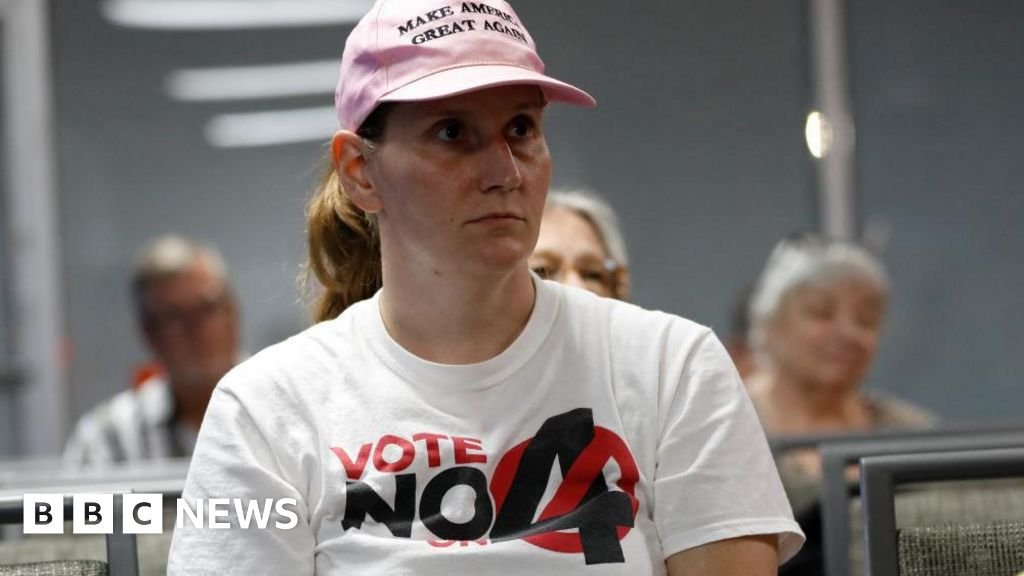US voters facing abortion questions this year came from states with a wide variety of different abortion laws.
The issues that they proposed to solve were also very different, although most of the initiatives proposed to establish the state’s right to abortion before the viability of the fetus – approximately at the 24th week of pregnancy.
In previous election cycles, campaigns to restore or protect abortion access using state-level ballot proposals have had success, including in staunchly conservative states like Kansas.
But the results of this election largely cemented the fact that women in the US face different access to abortion depending on where they live.
Voters in Nebraska and South Dakota rejected measures that would have expanded access, while in Maryland and Colorado, where abortions are currently legal, voters approved measures enshrining the right to the procedure in state constitutions.
In Colorado’s case, the amendment would also expand access by allowing abortions to be covered by state health insurance plans.
In Montana and Nevada, where abortions are currently legal until they are viable, voters approved measures to codify that right in the constitution.
In Nevada, a majority of voters would have to approve the measure again in two years for the amendment to take effect.
New York, where abortion is legal until viability, passed an amendment that would ban discrimination based on pregnancy or reproductive health.
In Nebraska, voters faced two abortion initiatives. They rejected a law that would have provided a right to abortion before viability and approved current state rules that prohibit abortion after the 12th week of pregnancy, with some exceptions, including incest, rape and saving the life of the mother.

